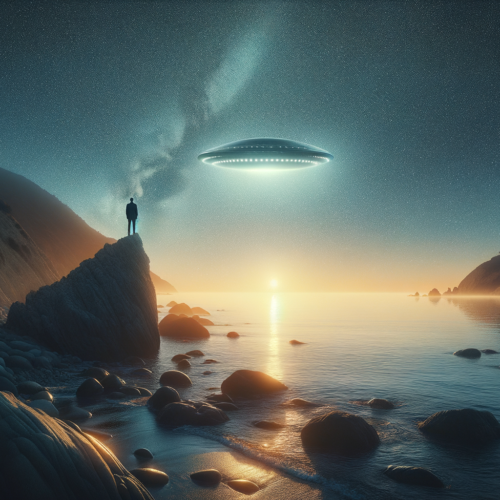Doomsday Vault on the Moon: A Cosmic Insurance Policy for Life on Earth
- Scientists propose a lunar “Doomsday Vault” to store seeds and biological samples of critical species.
- The moon’s extreme environment offers ideal conditions for preservation, protecting against risks like climate change.
- The project aims to safeguard biodiversity and potentially terraform other planets if Earth becomes uninhabitable.
A Stellar Concept for Preservation
An imaginative group of scientists has proposed the creation of a “Doomsday Vault” on the moon, designed specifically for the storage of seeds and biological samples from essential plant and animal species on Earth. The moon, with its lack of atmosphere, provides a unique environment devoid of the weather-related threats that can impact storage facilities on our planet.
H2O-lovers, take note! The craters at the lunar poles are permanently shrouded in darkness, maintaining frigid temperatures that never rise above minus 321°F. This chilly climate could effectively preserve biological samples without the need for power, setting the stage for a cosmic safety net.
Learning from Earthly Experiences
Biorepositories are not a novel idea. The Svalbard Global Seed Vault in Norway serves as a well-known example, safeguarding vital food crops against environmental catastrophes like drought and disease. However, that facility recently faced unforeseen challenges from climate change-induced flooding, highlighting the vulnerabilities of terrestrial storage solutions.
This lunar initiative proposes not just the preservation of seeds but also the safeguarding of animal genetic material. Scientists can easily cryopreserve skin cells, known as fibroblasts, which can be transformed into stem cells if the need arises to clone or restore a species.
Focusing on Environmental Impact
While endangered species might be the first candidates that come to mind for preservation, researchers suggest a more strategic approach. They advocate for the conservation of species that play vital roles in our ecosystems, such as pollinators, key food crops, and oxygen-producing plants. Ancestral species that could evolve into new forms of life also deserve consideration in this cosmic plan.
A Backup Plan for Humanity
Should we face the devastating loss of a species on Earth, this lunar vault could serve as a lifeboat for restoration. In the dire scenario where our planet becomes inhospitable, the vault could theoretically facilitate the terraforming and repopulation of other worlds, offering a glimmer of hope for the continuation of life as we know it.
However, the road to turning this visionary concept into reality is paved with challenges. Building a facility on the moon will require innovative engineering, and scientists must devise effective means of transporting samples to the vault. Additionally, measures must be taken to protect these precious resources from radiation exposure, and discussions about governance will be crucial to manage what could quickly become a universal treasure.
Next Steps in the Cosmic Venture
Scientists are currently developing a protocol to test this ambitious plan, starting with a single species: the starry goby. Their hope is to collaborate with space agencies to conduct experiments aboard the International Space Station, gathering data that could propel this initiative toward fruition.
Jon’s Take
The concept of a lunar “Doomsday Vault” is not just a safeguard for terrestrial life; it represents humanity’s quest to embrace our cosmic potential. As we explore the universe, could we be preparing to save our home while also planting the seeds for new life on distant worlds? After all, the truth isn’t just out there – it’s right here, and it’s waiting for us to unlock its mysteries.
Original Article




